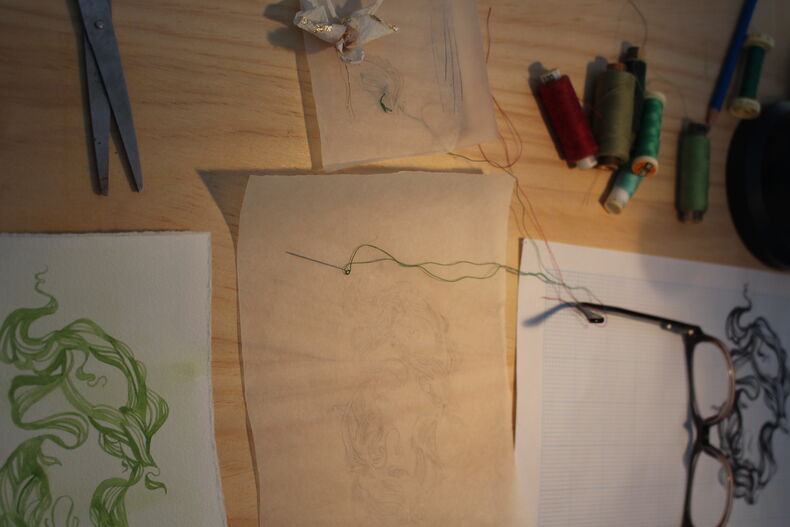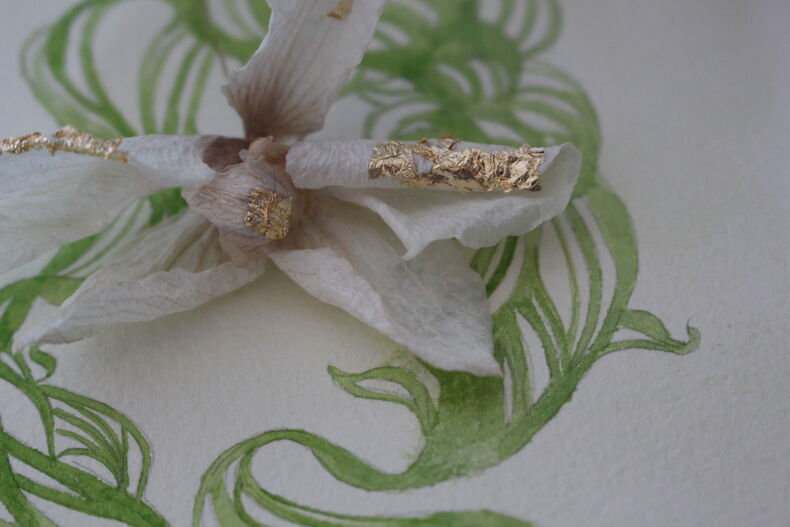- Your thumbnails and guiding statement
- Something to jot down your plan onto (A3 paper/computer)
1
Introduction
Testing is a crucial part of the process. It gives us a reality check - usually as things take longer than we expect and often don't quite match up with our grandiose ideas. The flip side is that testing can also provide us with happy accidents that end up taking us to unusual and interesting places we hadn't imagined.
Equipment
Guiding Questions
Think about these questions as you work your way through the lesson:
Lesson Content
You don’t want to spend hours making your fully formed handmade components - you need to make small ‘samples’ to check to see if the materials, media and imagery are working for you.
It’s the perfect time to troubleshoot technical and conceptual issues before you’ve fully committed to them.
Work small and only complete part of the component - just enough to help you decide if it works or if you need to upskill before you start your final.

Tests in progress
Instructions
Look at your thumbnail of your intended layout/s and jot down all the components you'll need such as:
Use this list to establish what you need to test (imagery and technical processes).
In the case of the example above I would need to:

Demelza's initial thumbnails
Make small, quick versions of your handmade elements.
Remember, this is a test not the real deal. You can go ham when you've figured out if you actually like what you are doing.
Have fun when photographing and recording these tests ... the photos of your tests may end up going in an intersting direction ... lean into this!

Close up of some testing